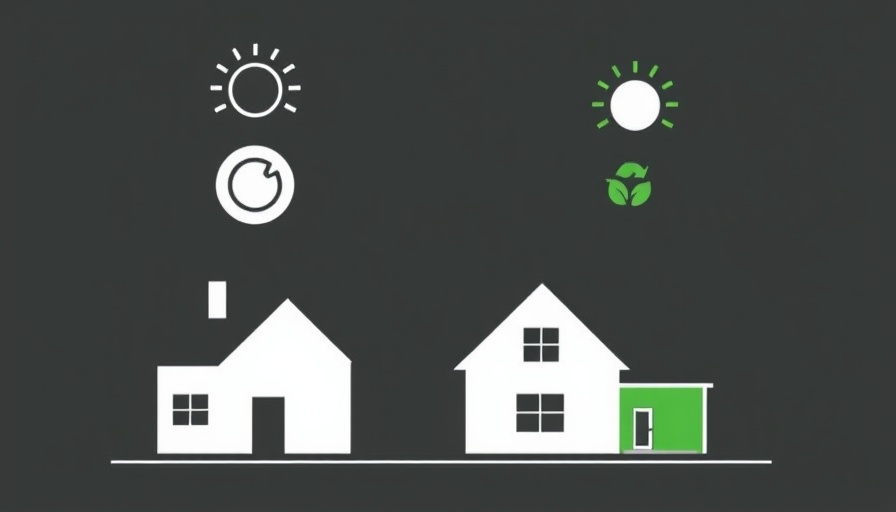
Building as Climate Action: A Homeowner's Guide to Sustainable Living
Building, whether through new constructions or renovations, can significantly impact climate action. At its core, climate action is about minimizing the reliance on fossil fuels, the primary driver of climate change, which leads us to a critical task: keeping coal, oil, and gas where they belong—unused in the ground. Homeowners, architects, and builders share a common goal: reducing demand for fossil fuels to ensure a sustainable future. This can be achieved through energy efficiency, conservation, and transitioning to renewable energy sources.
The Concept of Zero Carbon Living
To embrace building as a form of climate action, homeowners can start by considering the concept of 'Zero Carbon Living.' Is it possible to construct or renovate a home that generates more energy annually through onsite renewable sources, like solar panels, than it consumes? A stellar example is the Madrona Passive House, which features a 9.8 kW solar array that not only meets the energy demands of the household but also charges their electric vehicle without exceeding its energy needs throughout the year.
Urban Fabric and Sustainable Living
For a successful transition to energy-efficient homes, the surrounding environment plays a pivotal role. Homeowners should consider if their buildings are part of an urban fabric that encourages sustainable living, integrating walkable spaces, accessible public transport, and biking options. These elements reduce the necessity for driving, a significant contributor to greenhouse gas emissions. If local infrastructure doesn't support this, one can still work towards energy independence by utilizing surplus solar energy.
The Bigger Picture: Global Impact of Local Decisions
When considering building and remodeling projects, it's essential to recognize how local actions contribute to global greenhouse gas emissions. The Kaya Identity highlights that to achieve zero emissions, we must reduce energy intensity and carbon intensity. As the global population is projected to rise to 9 billion, decisions we make in our homes can ripple outwardly, influencing worldwide energy consumption patterns.
Energy Efficiency as a Climate Solution
Investing in energy-efficient home upgrades, such as universal design renovations, isn’t just beneficial for individual homeowners but also instrumental in achieving broader environmental goals. By adopting Passive House standards, homeowners contribute to a significant reduction of energy consumption, driving down the energy intensity of their living environments.
The Role of Renewable Energy in Our Homes
Onsite renewable energy installations can be a game-changer for homeowners. By generating alternatives to fossil fuels, investing in rooftop solar panels, or wind power, homeowners can not only achieve a 'net-zero' benchmark but also decrease the carbon content of the energy grid as a whole. This collective homeowner effort to increase renewable energy adoption creates a less carbon-intensive overall energy mix.
Practical Steps for Homeowners
Every homeowner can participate in climate action, regardless of their budget or technical expertise. Here are some actionable insights for taking the first steps:
- Energy Audit: Begin with a home inspection to determine where energy usage can be reduced.
- Invest in Energy-Efficient Appliances: Look for Energy Star-rated appliances that consume less electricity.
- Consider Kitchen and Bathroom Remodeling: Upgrade to modern fixtures that promote water conservation and energy efficiency.
- Landscape for Efficiency: Use landscaping services in Cape Coral to design gardens that can help regulate heating and cooling expenses.
- Solar Panels: Explore the feasibility of installing solar panels to supply renewable energy.
Conclusion: Building for Tomorrow
As homeowners, taking actionable steps towards building as climate action not only enhances the value of your property but also contributes to a more sustainable future. The changes you make today can influence generations to come. Are you ready to embrace this challenge and turn your improvements into meaningful climate action?
 Add Row
Add Row  Add
Add 




Write A Comment